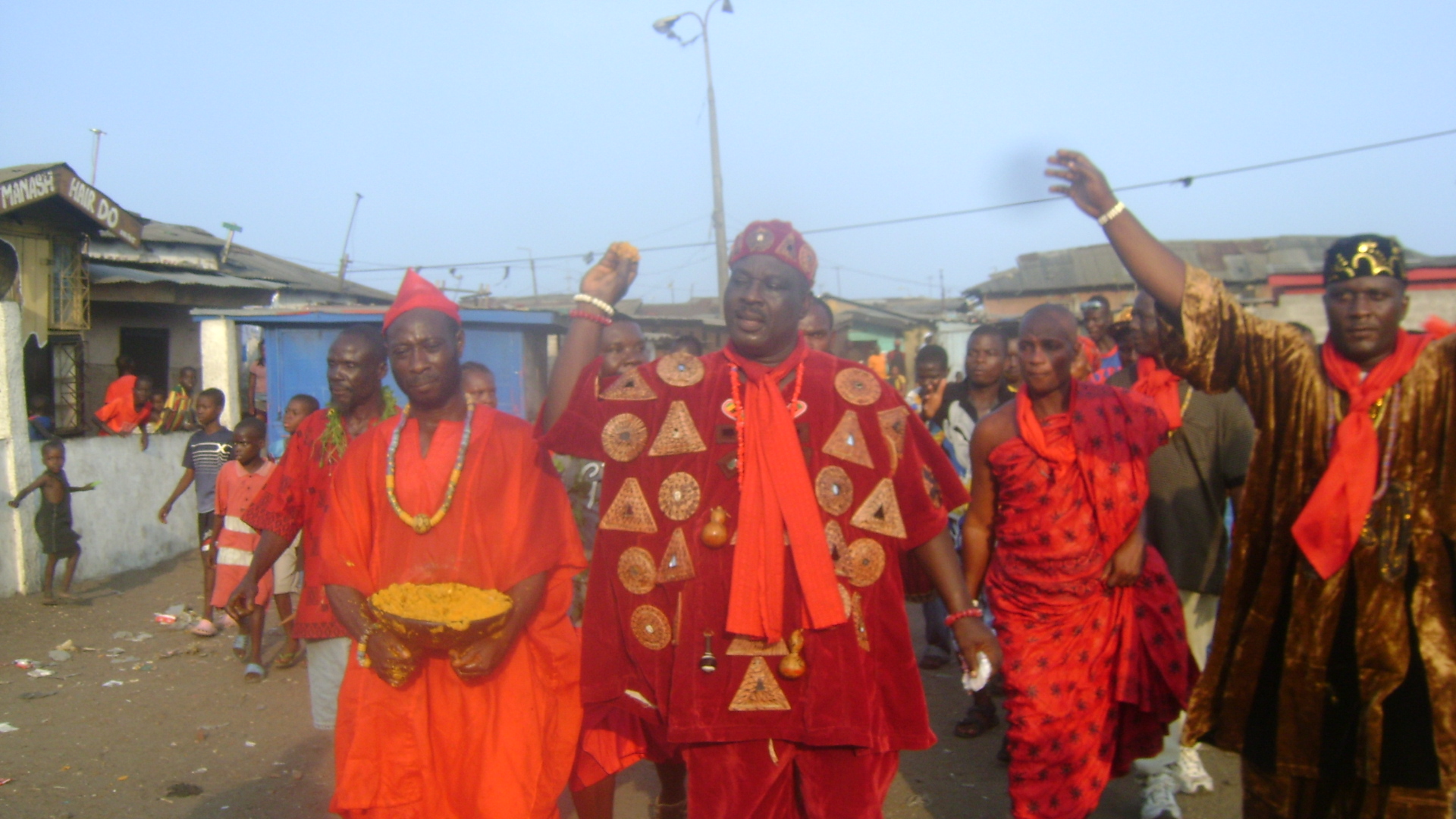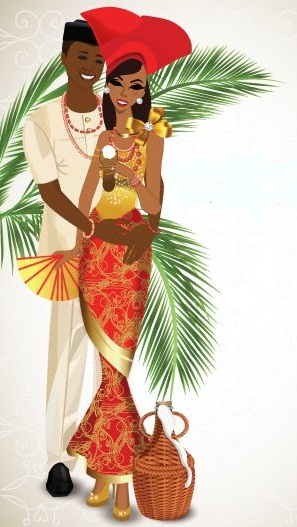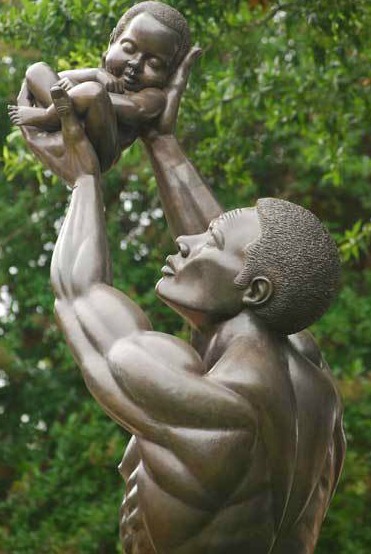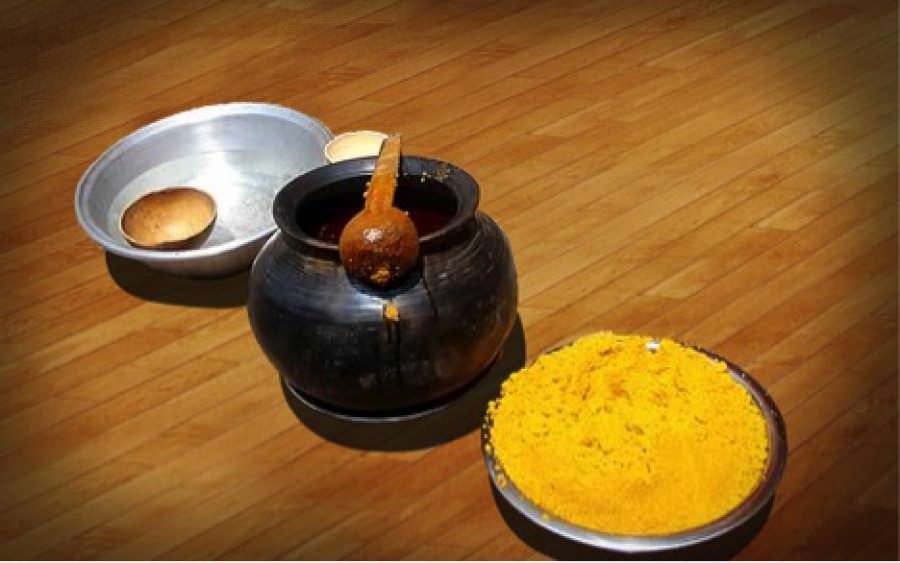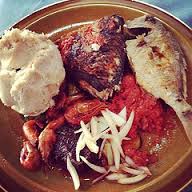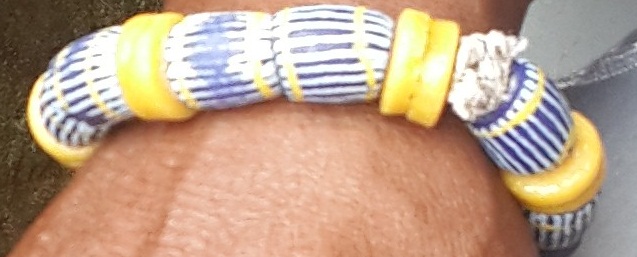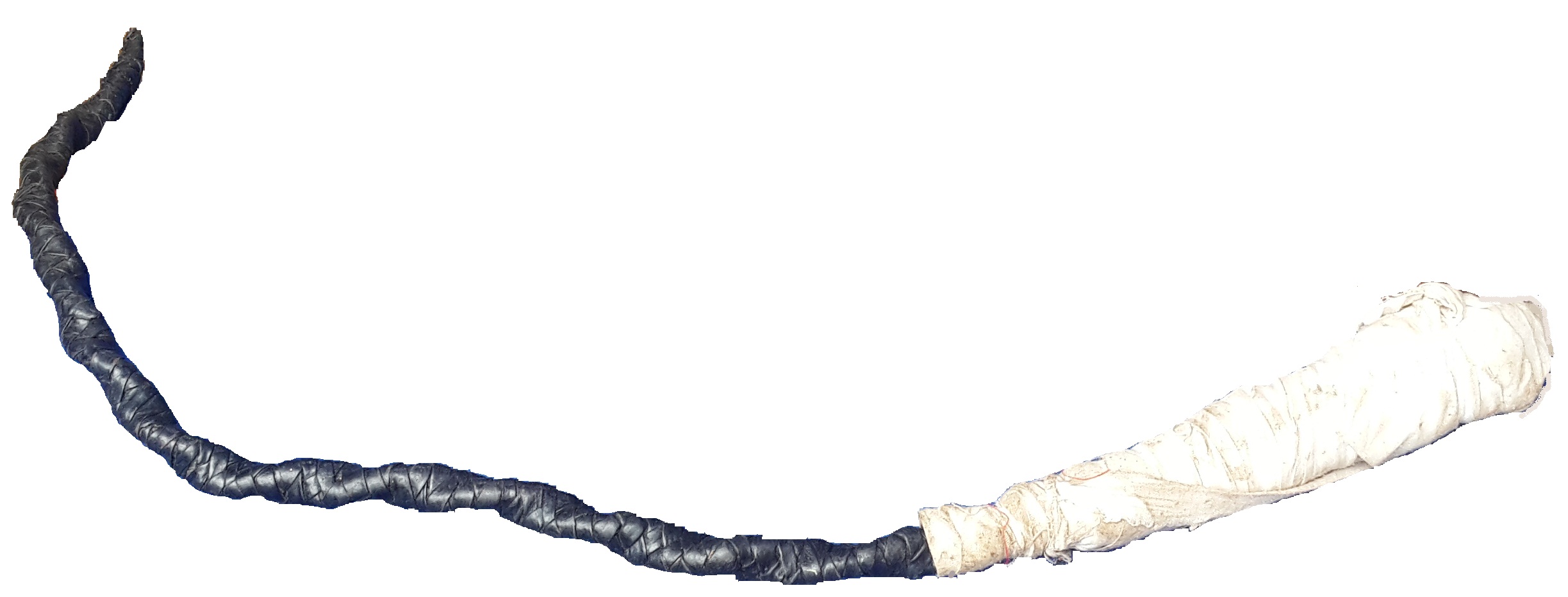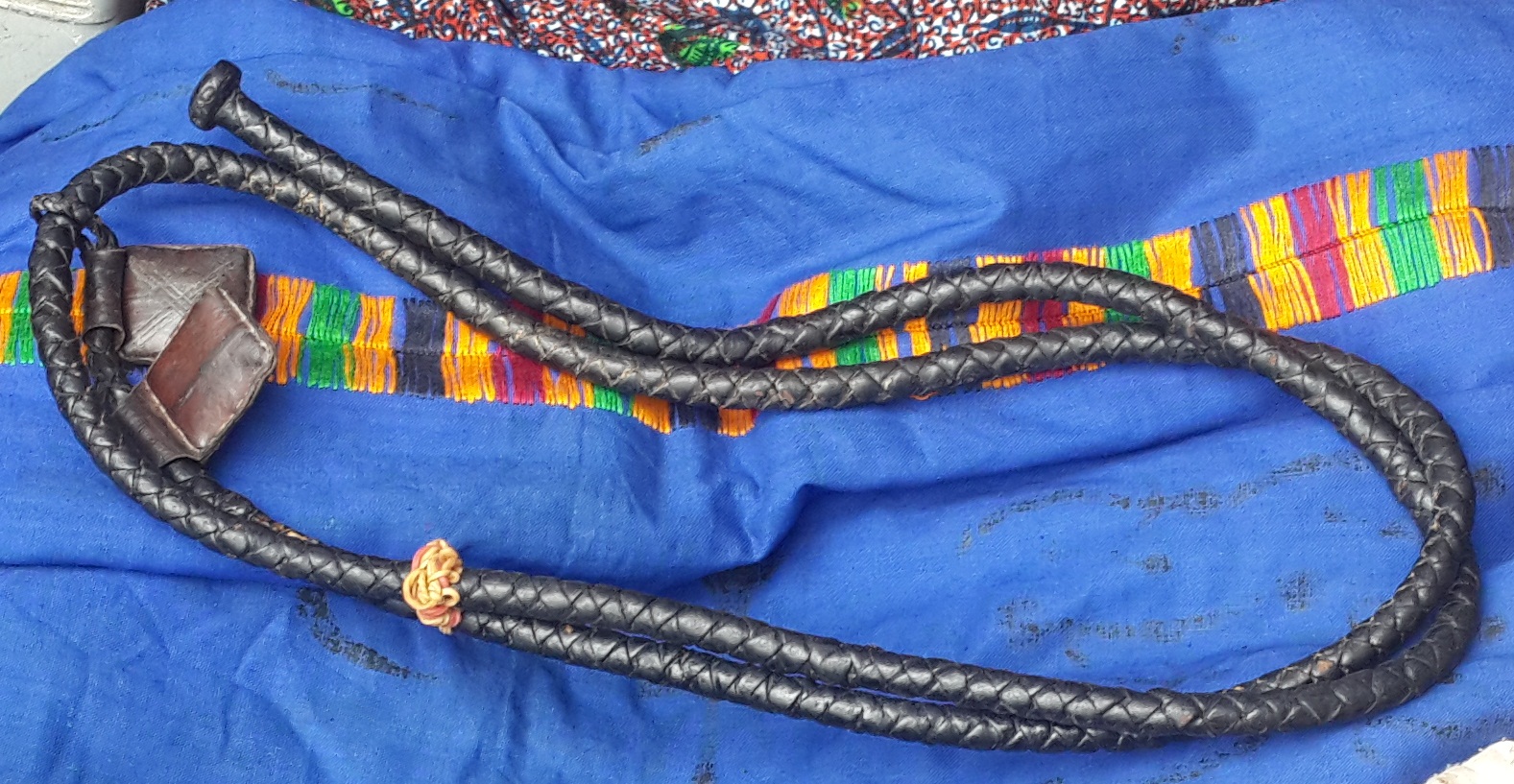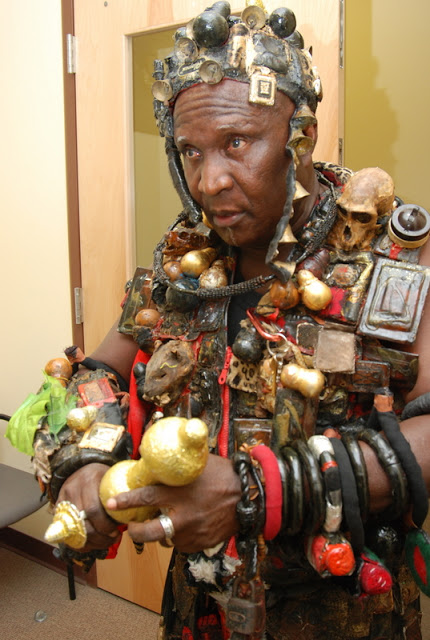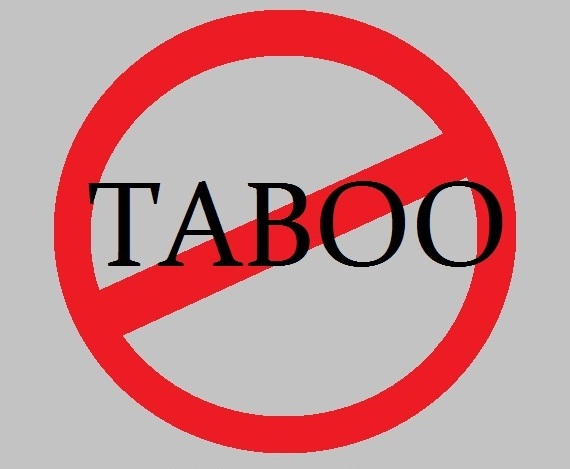OSHIYIE
Traditions Home
HOMOWO FESTIVAL
Many years ago, after the Ga community first settled along the coast of Ghana, the Gas suffered from a severe famine. The famine caused the community to work harder to increase their food production and pray fervently. Their efforts paid off well, as they were rewarded with substantial rainfall and hence, a bumper harvest. This led to the birth of the Homowo festival. Homowo literally means "hoot at hunger" and its purpose is to remind everyone about their trying times in the Ga history.
The preparations for the festival begins in May, just before the rainy season. A lot goes into preparing the community for the festival. Some rituals are:
The Homowo rituals begin in May when the raining season starts. The traditional priests sow some millet and after there is a thirty day ban on noise-making. During this period known as gbemlilaa, the ancestors come down to earth and they need the peace and quiet in the town. This usually happens during the month of June. Burial and other things considered dirty are banned during these thirty days. The next ritual is nshobulemo which is supposed to calm the sea gods for a bumper harvest. The final ritual before the celebration of Homowo is the okomfemaa ritual. Fishing in lagoons is prohibited until the celebration of the Homowo festival.
The festival begins on Wednesday, ngoowala, where the youth in the community visit the elderly to wish them a long life and the aged in turn give the youth gifts. All community members who live outside their hometown, in this case Oshiyie, come back home to join in the celebrations. They mostly arrive on Thursday, thus, the name Soobii which means Thursday people. People arrive with maize and palm nut. On Friday, the people mourn all the members of their community that they lost during the year. The next Tuesday, there is a great feast. Kpoikpoi and palm nut soup are prepared in all the homes. The Mantse and the family heads pour libation to the gods to thank them for a good year. The kpoikpoi or kpekple mixed with the palm nut soup is sprinkled to the gods. There is a lot of entertainment in town. The last celebration of Homowo ends on the Sunday after the feast.
Today, the celebration of Homowo in Oshiyie is close to abolished owning to the chieftaincy disputes and the advent of Christianity in the community. Some families, however, celebrate Homowo on a family bases. Members of the family who have been away for long come back home, prepare Kpekple and sprinkle it on their compound to thank the gods and commemorate the ceremony.
FUNERAL
Like other tribes in Ghana, the Ga people believe that dead people travel to the spirit world so the death rites should help the dead cross over conveniently otherwise his spirit will disturb his people.
When a person dies, his or her corpse is washed by elderly women, dressed and laid in state. While the body is being washed, crying is forbidden as it increases the rate of decay. The body is usually laid at the family house. People come to pay their last respects to the dead and dirges are sang. Gifts are also presented to the dead person. The Gas believe that the gifts will help the dead live an easy life in the afterworld.
Before burial, the body is placed in a coffin along with the gifts. Libation is poured asking the earth for permission before the body is placed in the grave. All people who have been to the graveyard wash their hands to leave all bad luck behind.
On the funeral day, feasts are held. People dress in black or red. Dirges are also sang. People give their condolences to the bereaved family and present gifts to them.
When a person does not die a natural death or bad death the funeral rites differ from what is normally done. Funeral rites are not performed because it is believed that this will prevent more of such bad deaths from occurring. If the death is from an accident, the body is not brought back to the home of the deceased. In the olden days, there was a forest where the bodies were thrown.
MARRIAGE
In the olden days, marriages were often set by families but in recent times, young people choose their spouses themselves. A young man announces his intent to his family who investigate the woman. If they find the girl suitable they perform the knocking ceremony by going to the womanís house. At this ceremony, drinks are presented to the womanís family. If the woman is available, the bride price or dowry can be discussed. This dowry may include goods like pieces of cloth. The womanís family also investigate the man.
Elderly women from the manís family carry gifts and the bride price to the brideís house. The brideís family checks the gifts and if they are satisfied, they call the bride from a room where she is hidden. She is officially presented to the groomís family. After the bride price and gifts are accepted, the woman belongs to the man and children reproduced belong to the manís family. The wedding ceremony involves a lot of a feasting that can last many days. Libation is poured to bless the marriage. After this, the bride may be taken to the manís house.
It is common to have duo-local or even matrilocal marriages in Oshiyie. In the olden days, brides usually had to help their parents particularly mothers. As a result, after the wedding ceremony, the bride often stayed in her parents' house or the husband moved into the brideís parentsí house.
KPODZIEMO/BIRTH RITES
Naming ceremony happen eight days after a child is born. It happens early in the morning in the fatherís family house. Two elderly women take the child from the mother to the ceremony. An elder with a good reputation from the fatherís family performs the rites. The gender of the baby determines the gender of the elder.
The motherís family provides corn wine while the fatherís family provides Schnapps and gin. A first libation is poured with the corn wine and some of the corn wine is poured at the entrances to the house.
The elder raises the child to the sky three times. After the third count, the baby is placed on the ground. This elder fetches water in a calabash and throws it on the roof of the house to trickle onto the naked baby who is placed on the ground. Alternately, water can be sprinkled on the baby with the hand. This practice serves to introduce the baby to the earth and rain. The childís name is then announced to the gathering.
The elder then gently kicks the baby with the left and right foot and tells the baby to follow his or her footsteps. He or she makes a speech after moral values and advises the child to practice them. The family head pours libation with a drink preferably Schnapps or gin asking the gods to bless the baby. The rest of the drinks corn wine or Schnapps is shared at the gathering. Each person mentions the childís name before drinking. The child is then returned to the mother. Gifts are then presented to mother and child. The male child can then be circumcised any time after kpodziemo but before he is ten years.
In the Ga tradition, twins are regarded as special beings. When they are named, they also receive a clay pot which is kept outside the house. People offer money and other herbs which are kept in the pot. Chickens are killed and the blood is sprinkled on these pots. After a few months, when it is certain that the twins have come to stay, the pots are replaced with cow horns.
KPOIKPOI
Kpoikpoi pronounced kpekple is a special meal that is eaten during the celebration of the Homowo festival.It is made from maize.
The maize is soaked for two or three days, drained and ground. Some water is sprinkled on the flour and it is left overnight. The following day, the cornmeal is sifted. A steamer is lined with corn husks and placed in a pot of boiling water. The sifted cornmeal is then placed in the steamer. The kpoikpoi is ready when it begins to give out a yeasty aroma. When the kpoikpoi is taken out of the steamer, it is sprinkled with boiling water. Palm oil is heated and mixed evenly with the kpoikpoi. Kpoikpoi is eaten with palm nut soup which chunks of smoked fish. During Homowo, kpoikpoi is offered to the gods by sprinkling it on the streets.
KENKEY
Kenkey is the most common delicacy of the Ga people. It is made from maize. The maize grains are allowed to soak for about two or three days. The water is drained and the maize is ground. Water is added to the maize flour and it is allowed to ferment for two to four days.Some corn dough is mixed with water and cooked on fire to become solid. This is now mixed with corn dough and made into round balls. The balls are wrapped in dried corn husks and boiled on fire for some hours usually not less than three hours.
Kenkey is commonly served with fish because of the abundance of fish in Oshiyie. The fish can be fried, boiled or grilled. This meal is often accompanied with ground pepper.
CHIEFTAINCY
The enstoolment process is a gradual process that may take months. The traditional Oshiyie families play important roles at this stage. The chief must be from the founder, Nii Afadi Annohís family. Nii Afadi Annoh had three children and descendants from any of these three families are eligible to be selected as chiefs. The successor to the throne is chosen by the family heads in the Annoh family. The Gyaase endorses the chief. In the final processes of king-making, the chief is kept in a room for a week and then out-doored. After the outdooring, the chief is sent to Weija for a purification ritual called Ashaboh Awo twemi. This will make the people recognize the chief. The chief is also endorsed by the elders of the surrounding towns which are Kokrobite and Bortianor. The chief is also sent to Ngleshi which is Jamestown because all Gas have a common history and the whole Ga community must accept the chiefs that are enstooled. A chief wears a special bead called Afri on his wrists. If he is destooled, this bead will be taken away.
The primary duty of a selected chief is to answer every call of his people at anytime.
A selected chief must :
Doníts of Chieftaincy
A chief can be destooled when he breaks his oaths or breaks the taboos of chieftaincy.
In recent times, chieftaincy in Oshiyie has been marred by disputes with regards to the rightful heir of the throne. These happenings were prevalent in the years starting from 1998.
WRISTBEADS
When the title of ĎElderí is bestowed on a person in Oshiyie, libation is poured and a goat is slaughtered. A wrist bead called Ashino is then given to the elder to symbolize his role as an elder of the community.
KPA
This is worn over the shoulder for protection. The Oshipi, Asafoatse, Mankralo and Mantse are the only leaders who are given the kpa when they are sworn in. They are required to swear an oath of allegiance to the people in the community. When a person approaches the wearer with bad intentions, the kpa gives the wearer an indication. This will help the elder take the necessary action. Women are not allowed to touch the kpa.
KPA
This other type of kpa is used for whipping people. When the services of men in the community are needed for whatever reason, the kpa is used to find and whip men to get them to join in the course. The supernatural powers in the kpa subjects people to the authority of the holders, thus, a great tool for discipline.
ASAFOATSE
He serves as the leader of the Asafo, group of men who stand in the stead of the people. He and his company represent the community in times of war and other complex situations. When there is anything going on in the community against the will of the people, the Asafoatse gathers the community members to gets their views on the situation. He then reports his findings to the Oshipi, who later reports it to the Mantse for the necessary measures to take place.
TABOOS
